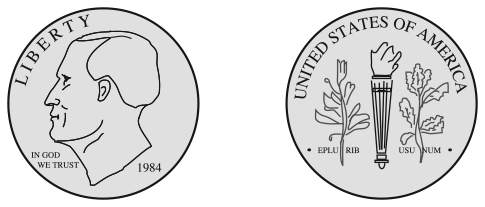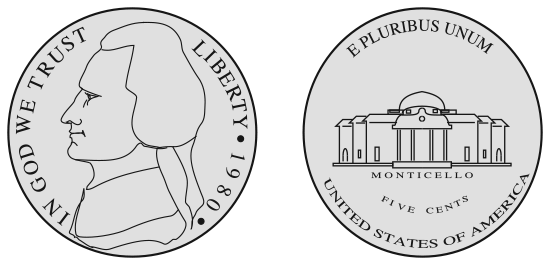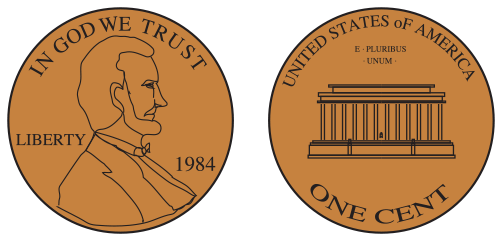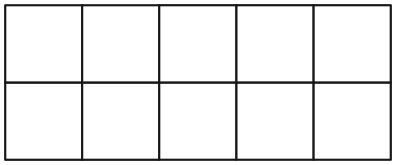Students skip count by fives after trading pennies for nickels. They group pennies by five and count on to then find the value of a set of coins.
Content in this Lesson
- Grouping and counting objects by fives and tens [E1].
- Skip counting by five to find the value of a set of coins [E2].
- Reading and writing numbers to 50 [E3].
- Representing and identifying numbers using coins and ten frames [E4].
- Connecting representations of quantities
(e.g., coins, ten frames, counters) [E5]. - Connecting the value of a nickel to the quantity of pennies.
- Choosing good tools and an efficient strategy to count [MPE2].
Daily Practice and Problems C–F
Assessment in this Lesson
| ASSESSMENT | EXPECTATION ASSESSED | MATH PRACTICES EXPECTATION ASSESSED |
|---|---|---|
|
Counting Coins Student Activity Book Pages 95–96 and corresponding Feedback Box Teacher Guide - digital |
|
|
|
DPP Item E Did You Check the Mail? Teacher Guide - digital |
|



















